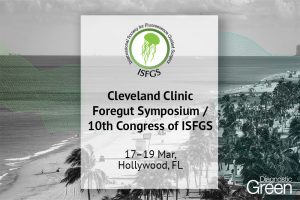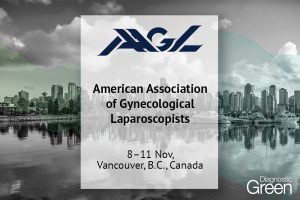Pulmonary metastases from hepatoblastoma (HB) have traditionally been identified by preoperative computed tomography scan image evaluation, and intraoperative visual and palpatory examinations through thoracotomy have been generally recommended. However, the safety and accuracy of surgery can be problematic in patients with small multiple lung metastases due to postoperative respiratory dysfunction risk secondary to decreased residual lung capacity in wedge resections.
We present an 8-month-old patient with metastatic HB with multiple metachronous pulmonary lesions in whom thoracoscopic lung resections were performed guided by indocyanine green (ICG) administered intravenously 24 h earlier (0.5 mg/kg). ICG fluorescence allowed identification and limited resection of lung parenchyma, avoiding postoperative respiratory dysfunction. A total of 16 lung lesions were resected during four operations (two bilateral and two right thoracoscopies), with no postoperative complications. ICG-guided thoracoscopic surgery allowed identification and resection of metastatic nodules in both lungs during the same procedure, achieving a hospital stay of less than 3 days for each intervention. The patient is currently 24 months old and remains asymptomatic, with no distant disease at the last imaging control.
In conclusion, ICG fluorescent imaging is relatively simple and complementary to conventional techniques, while providing additional information for the intraoperative localization of pulmonary metastasis in HB. ICG-guided resection via a thoracoscopic approach is particularly useful in patients with multiple and/or metachronous metastases requiring multiple surgical interventions.
https://onlinelibrary.wiley.com/doi/full/10.1111/1759-7714.14797




